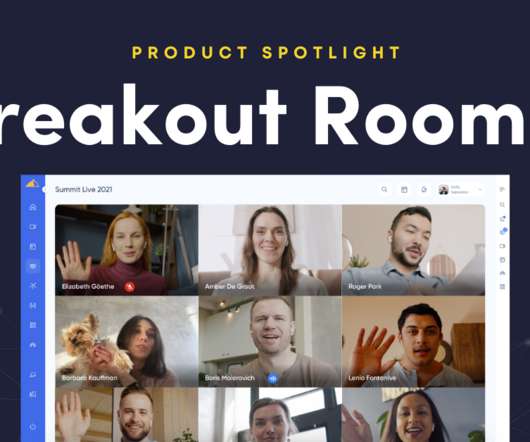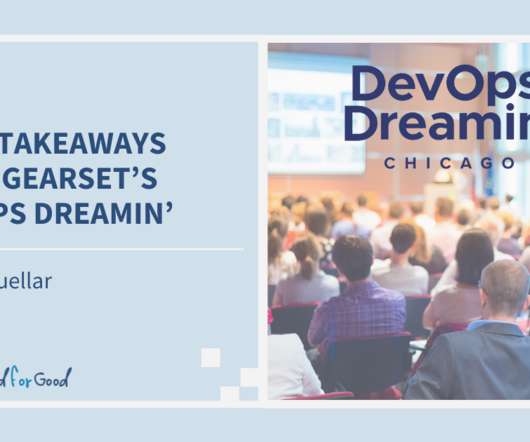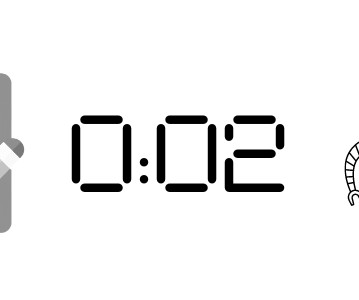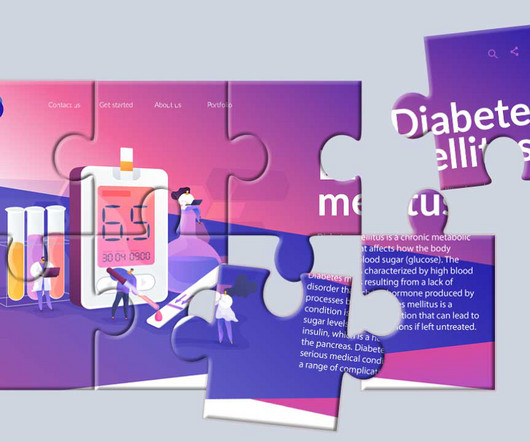Four Tips To Boost Your Personal Resilience While Doing Nonprofit Work
Beth's Blog: How Nonprofits Can Use Social Media
OCTOBER 7, 2019
I am thrilled to be presenting with my colleague, Ananda Leeke in Boston next week at the Resilience at Work Conference. We will be doing early morning sessions to engage participants in some mindful moment and movement exercises. It helps center and refocus our brains which is important for learning. Photo by Amanda/Flicker.











































Let's personalize your content